Mastitis, although not a new problem, is associated with huge economic loss to the farmers and the country. In India, on one hand while milk productivity is increasing the incidence of mastitis is also increasing on the other hand. The factors like herd size, agro-climatic conditions, variations in socio-cultural practices, milk marketing, literacy level of animal owner, system of feeding, and management were implicated in the incidence of subclinical mastitis. Despite several attempts, safe and effective mastitis vaccines that would protect against many mastitis causing organisms are not available. Till date, mastitis control has been based mainly on widespread and unsustainable antibiotic usage to treat the clinically affected animals. The continuous pressure to reduce the antibiotic usage and changing etiology and epidemiology of mastitis in different production systems poses new challenges to develop effective mastitis control programs. In the given situation, it is evident that a critical understanding of the facts and figures of bovine mastitis is essential to evolve research, development and farm level strategies to control mastitis in dairy animals. Recent developments in scientific tools and methods have advanced our understanding of host-pathogen interactions involved in bovine mastitis, mechanistic insight into disease progression, the effect of therapeutic molecules and how the animal responds to different management strategies.
This book provides deep insight into different aspects of bovine mastitis (etiology, epidemiology, diagnosis, host-animal-environment interaction, public health issues, therapy and management) with the aim to update the facts and figures on this disease so that proper strategies can be evolved to reduce the severity of mastitis, to increase production and profitability, and to supply of safe and nutritious milk and milk products to the consumers.

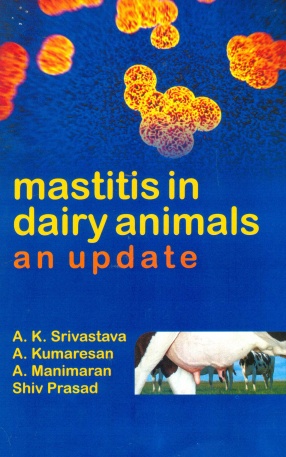

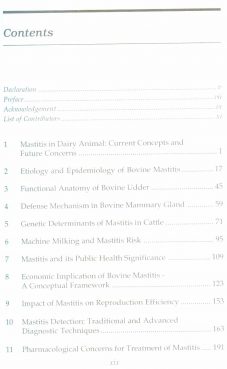


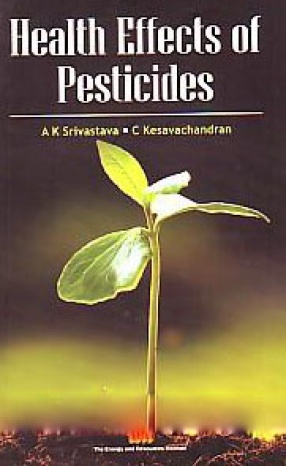


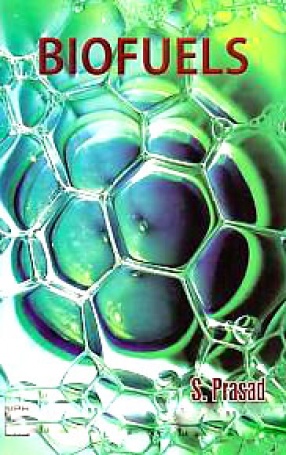
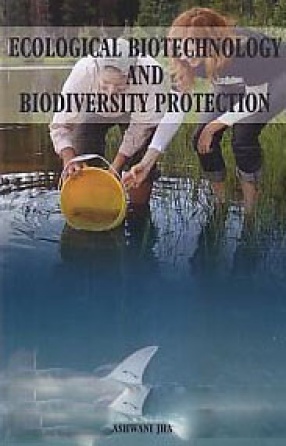
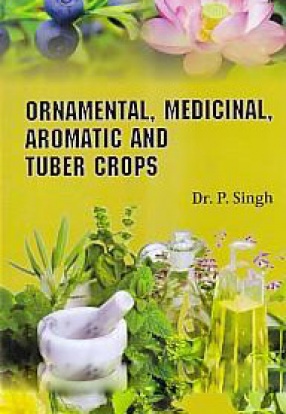

There are no reviews yet.